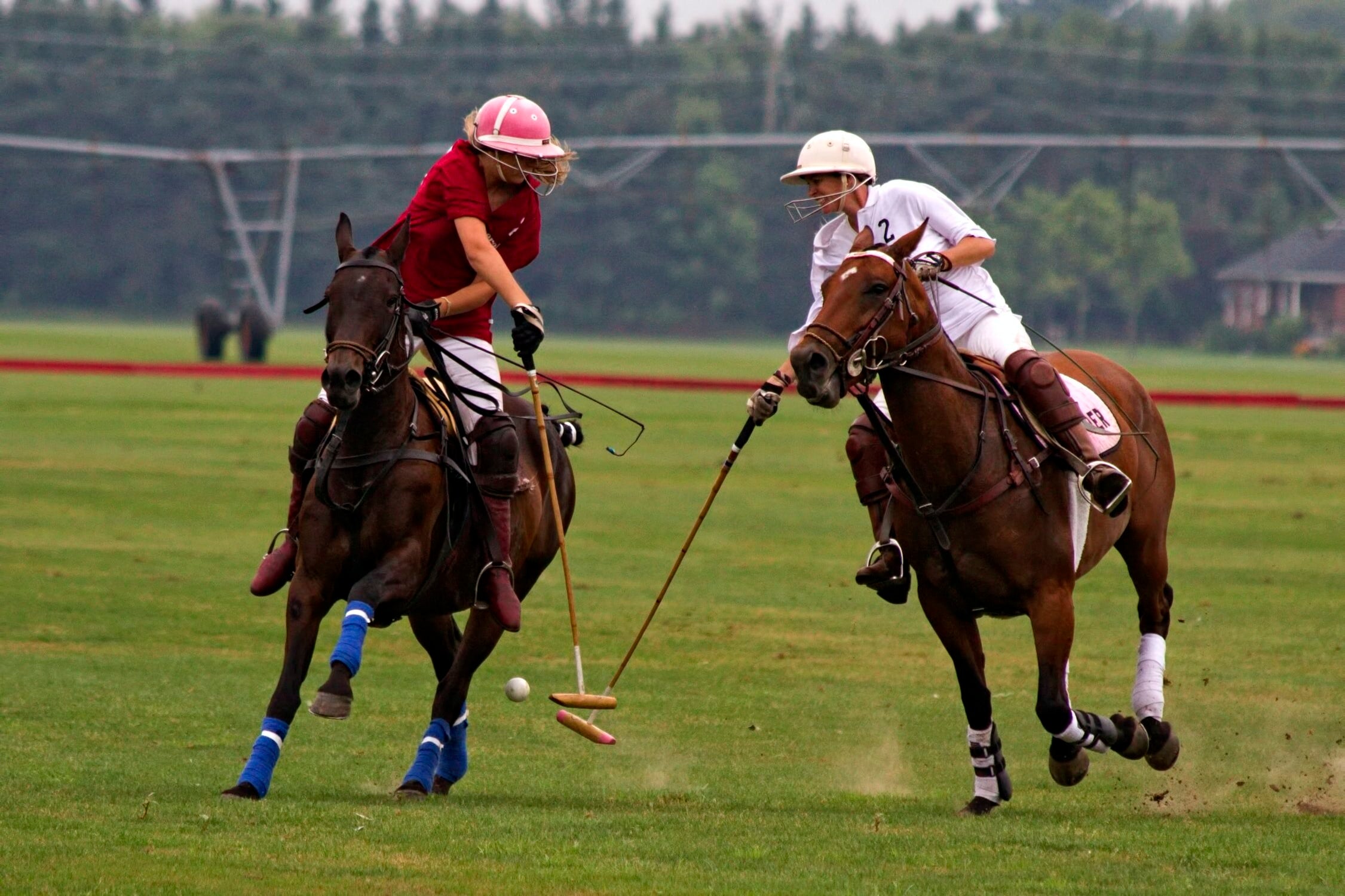
Polo: The Sport of Kings
Polo, often referred to as the "sport of kings," is a thrilling and dynamic game that combines athleticism, strategy, and horsemanship. With origins dating back over 2,000 years, it remains a symbol of elegance, prestige, and tradition. Although its roots can be traced to ancient Persia, the modern version of the game has evolved into an exciting competition played around the world, from the sun-drenched fields of Argentina to the historic arenas in England.
The Origins of Polo
Polo's history is as rich and fascinating as the game itself. It is believed that the sport originated in Persia (modern-day Iran) around 600 BC. The early versions of polo were not only a game of skill but also a training ground for cavalry troops. Persian kings, particularly during the Sassanid Empire (224–651 AD), used polo to prepare their armies for battle. The game was also a way for nobles to demonstrate their skill and prestige, setting the stage for polo to become known as the "sport of kings."
Polo eventually spread to other regions, including India, China, and the Far East, thanks to the Silk Road trade routes. By the 19th century, the sport made its way to British India, where British officers adopted it, refined its rules, and began popularizing it in Europe.
The Modern Game of Polo
The version of polo that most people recognize today is played between two teams of four players on horseback. The objective is simple: to score goals by hitting a small wooden or plastic ball into the opposing team's goal using a long-handled mallet. However, the execution of this objective requires an extraordinary level of coordination, agility, and teamwork.
The Field and Equipment
A standard polo field is 300 yards long and 160 yards wide, roughly the size of nine football fields. The goals are positioned at each end of the field and are open, meaning there are no posts or crossbars. The game is divided into periods known as "chukkas," with each chukka lasting seven minutes of actual play time. Most matches consist of four to six chukkas.
Each player is mounted on a polo pony, which is a highly trained horse specifically bred for speed, stamina, and agility. The mallet used to strike the ball is made of a light wood such as bamboo, and the head is typically made from a hard wood like maple. The ball itself is traditionally made of wood, though modern balls are often plastic or composite material.
The Players
Each team consists of four players, each assigned a specific position on the field:
- Number 1: The attacking player, responsible for scoring goals.
- Number 2: A fast and skilled player who helps set up attacks.
- Number 3: The pivotal position, often regarded as the playmaker, who controls the flow of the game.
- Number 4: The defensive player, typically positioned to prevent the opposing team from scoring.
Players are rated based on their skill and performance, with the highest rating being 10 goals, a level reached by only the most accomplished players. The rating system is unique to polo, and it plays a key role in organizing competitions and matchups.
Rules of the Game
The rules of polo, while relatively straightforward, require a deep understanding of the game, as they dictate how players move and interact with each other. Some of the key rules include:
- Offside: Players must keep to their side of the field. If a player crosses over to the other team's side, they are considered offside.
- Right of Way: This rule is crucial to ensure player safety and fair play. The player with the ball has the "right of way" and is entitled to continue their path, while other players must avoid crossing in front of them.
- Fouls: Polo is a contact sport, but there are still rules in place to avoid dangerous play. Fouls may occur if a player crosses into another player's line of movement, makes illegal contact with another player or horse, or intentionally obstructs a shot at goal.
Polo Around the World
Today, polo is played in many countries around the world, but a few stand out as epicenters of the sport.
-
Argentina: Argentina is considered the modern home of polo, and it boasts some of the best players in the world. The country is also known for its top-tier polo horses, many of which are bred specifically for the sport. The Argentine Open, held annually in Buenos Aires, is one of the most prestigious polo tournaments in the world.
-
United States: Polo in the U.S. has a long history, dating back to the late 19th century. The sport is particularly popular in states like Florida, California, and New York. The U.S. Polo Open, held in Wellington, Florida, is one of the premier polo events in the world, attracting top players and celebrities alike.
-
United Kingdom: The British Royal Family has long been associated with polo, and England is home to some of the oldest and most historic polo clubs, such as the Guards Polo Club. The Queen’s Cup, held at Windsor, is one of the most prestigious tournaments in the UK.
-
India: Polo has a rich history in India, particularly among the royal families of Rajasthan and other regions. While the sport lost some of its popularity following independence, it is still played at a high level, especially in cities like Jaipur and Jodhpur.
Polo as a Lifestyle
Beyond the sport itself, polo represents a lifestyle of luxury, tradition, and social interaction. Polo events often serve as high-profile social gatherings, drawing elite spectators, celebrities, and fashion-conscious individuals. The atmosphere at these events is as much about the social scene as it is about the sport.
The appeal of polo lies not only in the thrill of the game but also in the elegance and exclusivity that it exudes. Polo clubs are often associated with upscale membership and a sense of camaraderie among players and fans. For many, the experience of attending a polo match goes beyond the sport and becomes a celebration of culture, elegance, and heritage.
The Future of Polo
While polo is steeped in tradition, the sport has evolved over time and continues to grow globally. The increasing popularity of polo in regions like Asia, the Middle East, and Australia points to a bright future for the sport. Innovations in horse breeding, training techniques, and equipment have made the game faster and more accessible, while still preserving its core traditions.
Polo’s appeal lies in its unique blend of athleticism, artistry, and culture. For players, it is a challenge of both physical endurance and mental acuity. For spectators, it offers a thrilling, fast-paced spectacle that is unparalleled in other sports. Whether as a player or a fan, polo offers a window into a world of prestige, excitement, and timeless tradition.
In the end, polo is much more than a sport; it is a symbol of human achievement, an enduring celebration of skill, strategy, and the bond between horse and rider.



Leave a comment
This site is protected by hCaptcha and the hCaptcha Privacy Policy and Terms of Service apply.